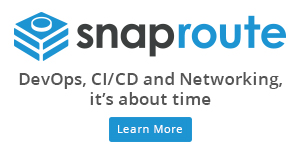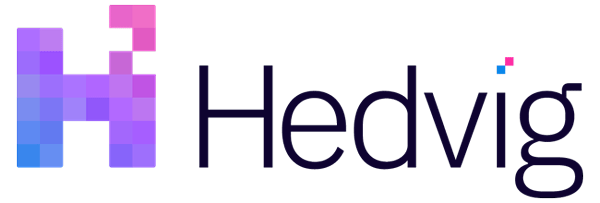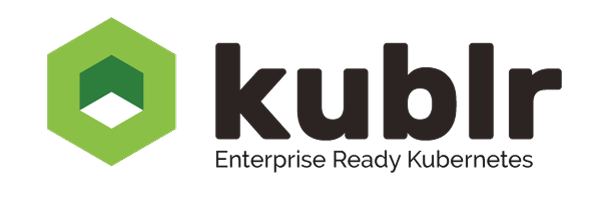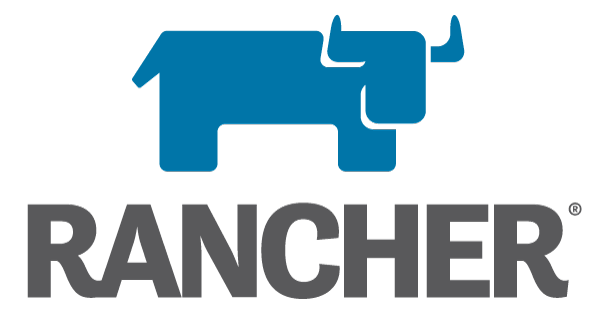VMblog visits the Hedvig booth during KubeCon 2018 in Seattle to learn more about their cloud-like enterprise-grade storage for containers solution.
They are re-architecting software-defined storage and accelerating enterprise adoption of private and hybrid clouds. The Hedvig Distributed Storage Platform combines block, file, and object storage for bare metal, hypervisor, and container environments. And their claim to fame is their solution gets better and faster as it scales.
VMblog visits the Sysdig booth during KubeCon 2018 in Seattle to learn more about their unified container security, performance monitoring, and forensics solutions.
Sysdig is built on open source cloud-native technologies, including Falco, the runtime security project; sysdig, the open source container forensics tool; and Prometheus, the Kubernetes monitoring and alerting toolkit.
VMblog visits the Binaris booth during KubeCon 2018 in Seattle to learn more about their solution and how they use serverless functions for apps.
Binaris functions can meet the performance and scalability requirements typically associated with Kubernetes implementations. The Binaris programming model keeps cloud infrastructure out of the way so developers can focus on adding business value.
VMblog visits the Rancher booth during KubeCon 2018 in Seattle to learn more about its container management software.
Rancher builds innovative, open source software for enterprises leveraging containers and Kubernetes to accelerate software development and improve IT operations. The flagship Rancher container management platform allows users to easily manage all aspects of running Kubernetes in production, on any infrastructure. RancherOS is a simplified Linux distribution built from containers for running containers.
VMblog visits the Kublr booth during KubeCon 2018 in Seattle to learn more about their comprehensive Kubernetes platform for the enterprise.
Learn how Kublr allows operations to centrally manage Kubernetes clusters across different environments (AWS, Azure, GCP, on-prem, hybrid), how to set up a standard configuration cluster with just a few clicks or customize cluster specifications for advanced use cases.
VMblog visits with SnapRoute during #KubeCon 2018 in Seattle to learn more about their containerized microservices Network Operating System (NOS).
SnapRoute has built the only fully-containerized microservices Network Operating System (NOS) for disaggregated (i.e. whitebox) switches - built using Cloud Native principles and tools, natively. They are in trials now and will be fully launching their first release, early next year. Watch and learn more!
VMblog visits the StackRox booth during KubeCon 2018 in Seattle to learn more about their security for containerized, cloud-native application solutions.
StackRox is the only container security platform that makes security for containers and Kubernetes part of the DevOps infrastructure and workflow. They provide context across your full deployment - not just your image - so you know whether a given container is running in test vs. prod, is open to the Internet, or is part of a critical application like your payment card app. That rich context enables us to provide you a stack-ranked list of your riskiest deployments, using far more than vulnerability information. Their platform is also tightly integrated with Kubernetes, so the Security and DevOps teams are using the same infrastructure for network policy enforcement. That integration means Security and DevOps work together. Plus, we apply the CI/CD methodology of a feedback loop to give you an ever-shrinking attack surface, leveraging runtime data to further harden your infrastructure.
VMblog visits the Platform9 booth during KubeCon 2018 in Seattle to learn more about their SaaS-managed enterprise Kubernetes solution.
Platform9 lets you leverage your existing infrastructure- either on public clouds, on-premises or at the edge. You simply plug-in all your environments to our SaaS-managed control plane, to benefit from a consistent cloud management experience across all types of infrastructure and applications.
They provide pure-play open source Kubernetes, delivered as a service. This ensure open source innovation, economics and interoperability, without the management overhead.
They provide a unified cloud experience: Simple, centralized view of assets across public, private, and hybrid clouds - and across Containers, Serverless, and VMs.
More...
VMblog visits the Lacework booth during KubeCon 2018 in Seattle to learn more about Kubernetes security and insight into orchestration.
Lacework is the industry's first solution to bring automation, speed, and scale to cloud security enabling enterprises to safely innovate fast in the cloud. Unlike conventional security tools built for static datacenters, Lacework is designed to self-adapt to the cloud ever-changing configuration and workloads.
VMblog visits with Chef during KubeCon 2018 in Seattle to learn more about the company and how they are working within the kubernetes ecosystem.
Chef is more than their initial product. Watch and learn more about InSpec and Habitat.
VMblog visits with Pulumi during KubeCon 2018 in Seattle to learn more about their cloud native development platform.
Pulumi's Cloud Native Development Platform enables teams to get their serverless, container, infrastructure and Kubernetes code to the cloud quickly and simply. Pulumi provides an SDK to define, deploy and manage cloud services using familiar languages (JavaScript, TypeScript, Python, Go), with clear collaboration for teams and enterprises seeking to deliver cloud native, multi-cloud capable, applications and solutions.
Pulumi and Atomist KubeCon 2018 - Software-Defined Delivery Manifesto
Written by Brian Ducharme
VMblog visits with Pulumi and Atomist during #KubeCon 2018 in Seattle. The companies talk about their recently-issued Software-Defined Delivery Manifesto. Find out why the manifesto was needed, who it is intended for and more!
It’s available here: https://sdd-manifesto.org/














